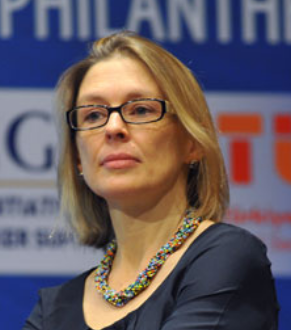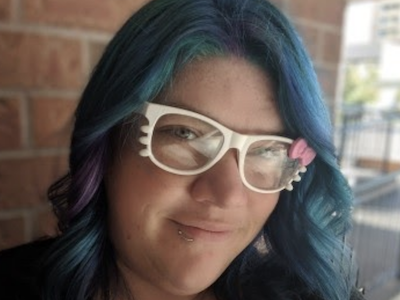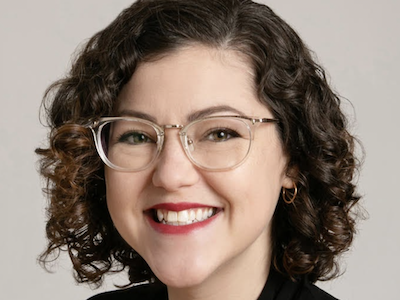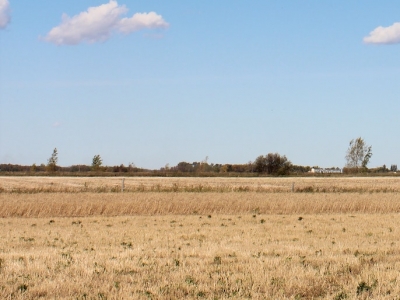 By Jenny Hodgson.
By Jenny Hodgson.
It’s a familiar pattern. First comes the unanticipated humanitarian crisis. Then the international aid industry weighs in, focusing on the short-term and on funding well-known versions of itself in the form of international non-governmental organizations (INGOs).
And then, after global attention has moved to the next disaster, someone looks closer at what happened (whether in Haiti, Nepal or Guinea) and notices that local institutions, which were the first to respond, had the best contacts and long-term plans and had local trust, but had received a fraction of the funds. In Haiti, for example, of the $6.43 billion disbursed by multilateral and bilateral donors, only 0.6% went to local organizations. Next time, the experts conclude, we should look harder at working with those groups. Next time, we should put local organizations on the international radar, and ensure they’re heard and supported.
In 2016 this idea of focusing on local organizations was enshrined by donors and aid providers in a “Grand Bargain,” which would see 25 percent of funding going directly to local organizations. The deadline to meet that goal was 2020.
So, what happened in 2020 when COVID-19 swept the world?
Not much, according to the latest evidence: in June, the Center for Global Development reported that of the US $2.5 billion raised for COVID-19 response, local and national organizations received only US $1.7 million (0.07%). And, yes, the decimal point is in the right place.
So much for progress.
Get more money and power into the hands of local people
The sheer scale of this pandemic offers fresh opportunities to push for change and #BuildBackBetter. The pandemic has actually shifted focus towards local solutions; after all, in a crisis it’s natural for people to look to their own communities. And now every community in the world is preoccupied with many of the same challenges. Survey after survey reveals a mosaic of local-level actions: information services, food distribution and psychosocial support. But in spite of their effectiveness, many local organizations in the global south anticipate COVID-19 having a “devastating impact” on their sustainability.

The pandemic – in addition to focusing attention on the value of grassroots organizations, on community solidarity, and on the potential to mobilize people to take action – confirms an urgent need to overhaul the existing architecture of philanthropy and aid that continues to be ill-equipped, not only at shifting power and resources closer to the ground, but also at seeing and engaging locally-owned alternatives to northern-based INGOs.
In the past decade, a new set of community-controlled, financial institutions has emerged across the global south, local grantmaking funds and foundations (“community philanthropy organizations”) that offer more durable solutions, get money into the hands of local people, and blend external resources with local ones – doing so in ways that move away from “donor-beneficiary” dynamics towards a notion of “co-investment.”
The path to do this differently
“We’ve been reaching people and movements that we’ve never reached before,” noted one community foundation in Brazil, where organized philanthropy and mass public giving are relatively new. The organization has gone from 100 monthly donors to 700 during the pandemic, and is raising funds not just for immediate relief but for social justice causes, too.
Community philanthropy – as both a set of practices and organizations grounded in core values of equity and justice – offers one pathway for civil society to do development differently. It lies at the heart of a #ShiftThePower agenda and efforts to disrupt and democratize people-led development.
We’re not yet at the tipping point of community philanthropy receiving global acceptance, but these are strange, potentially transformative times. And around the world, local institutions and movements are rising, energetically and innovatively, to the challenge.
Jenny Hodgson has been the Executive Director of the Johannesburg-based Global Fund for Community Foundations since 2006, overseeing its emergence as the leading global voice on community philanthropy as a core strategy for people-led development and shifting power closer to the ground. She’s on Twitter (@hodgsonjj) and LinkedIn (jenny-hodgson-65b8a68).
Click for the Next Story in the Power Series: Sharing Power at the Lawson Foundation
Sunday, October 11, 2020 in Shifting Power
Share: Twitter, Facebook



